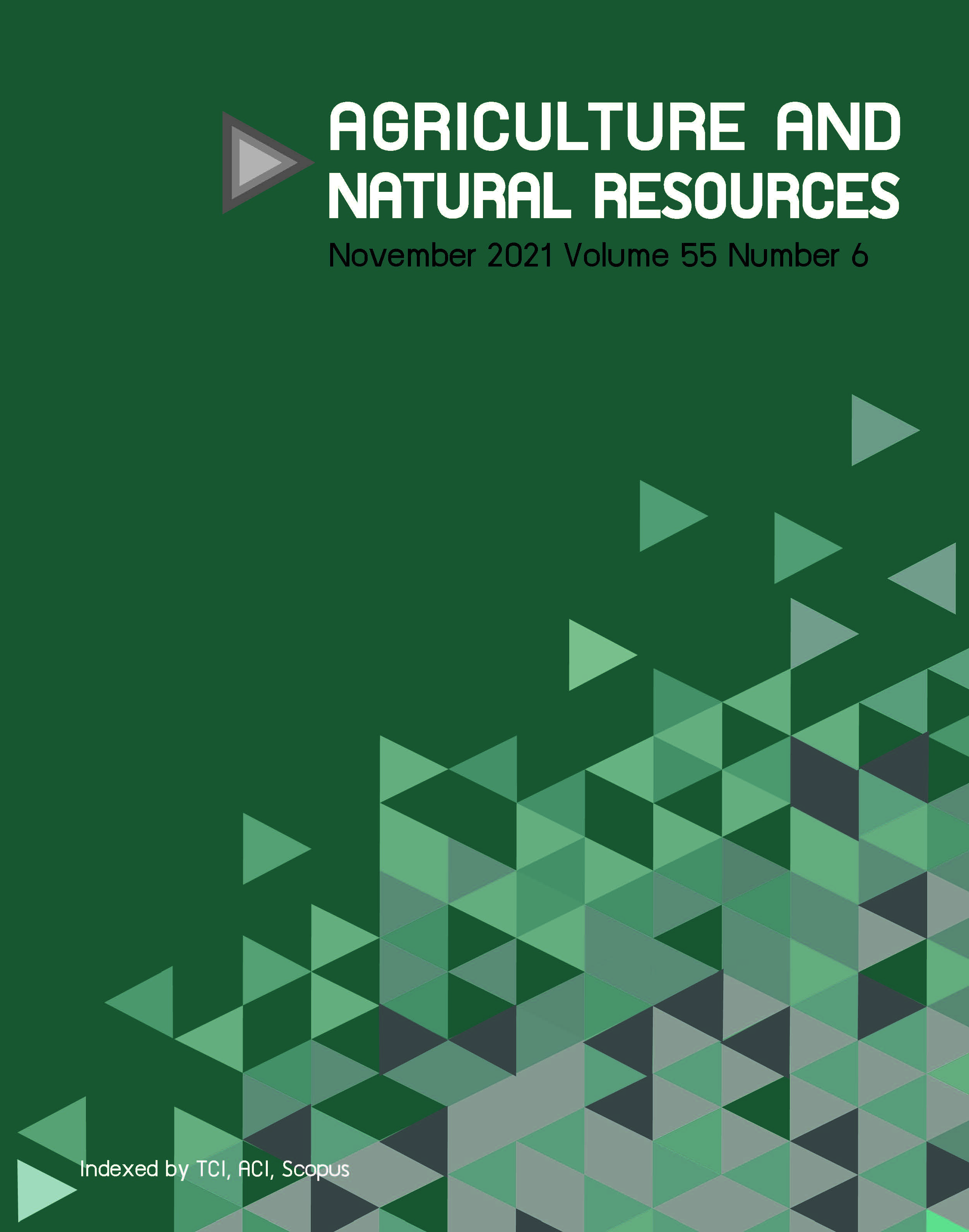Life cycle and growth pattern of Hippocampus barbouri in captivity
Keywords:
Allometric growth, Hippocampus barbouri, Life cycleAbstract
RESOURCESThis study describes for the first time the complete life cycle of Hippocampus barbouri under captive conditions based on external morphology, allometric growth and behavioral changes. Free-swimming newborn seahorses with a mean (± SD) standard length and wet weight of 0.78 ± 0.03 cm and 0.005 ± 0.000 g, respectively, were released from the male brood pouch after 336 hr of gestation at a water temperature of 27 ± 1°C. An isometric growth pattern of b = 3.0192 ± 0.0449 was observed in this species prior to maturity. Upon the onset of sex differentiation, both male and female growth coefficients changed to 2.6691 ± 0.4354 and 2.2973 ± 0.2354, respectively. First maturity was observed at 164 d after birth (DAB) with the presence of fully-developed brood pouches in males, with a standard length and wet weight of 7.16 ± 0.07 cm and 1.474 ± 0.071 g, respectively. At 168–175 DAB, courtship behavior typically lasted for 1–2 d followed by the successful transfer of eggs into the male brood pouch. As this study was conducted under control conditions, it could be applied as a guideline to assess the normal development and growth of seahorses, particularly for mass propagation purposes.
Downloads
Published
How to Cite
Issue
Section
License
Copyright (c) 2021 Kasetsart Universityonline 2452-316X print 2468-1458/Copyright © 2022. This is an open access article under the CC BY-NC-ND license (http://creativecommons.org/licenses/by-nc-nd/4.0/),
production and hosting by Kasetsart University of Research and Development Institute on behalf of Kasetsart University.







